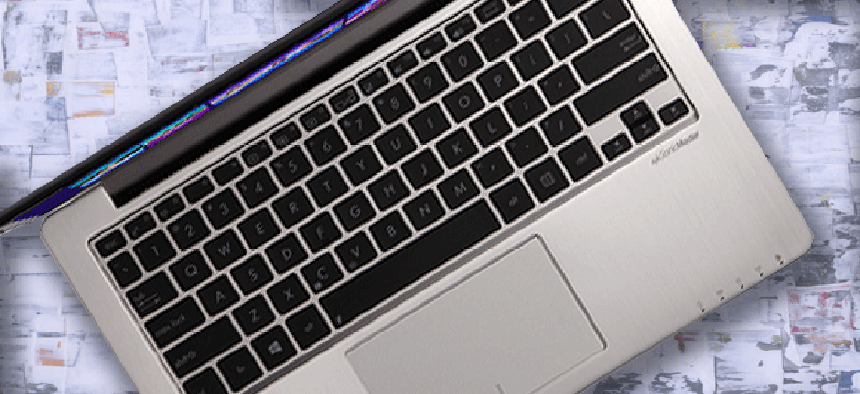5 good Windows 8 shortcuts for new users


Connecting state and local government leaders
It's a touch-screen OS, but people who use Windows 8 devices for work will likely use a keyboard. Here are some handy tricks that are new to Windows 8.
Although Microsoft designed its Windows 8 operating system to use a computer’s touch capabilities to its fullest, the company can’t escape two facts about its user base. One, many tasks, such as writing, are still best done with an actual keyboard. Two, many users are not ready to be completely untethered from a keyboard and mouse. That’s why a keyboard cover will always be a popular option with tablets containing desktop operating systems such as Windows 8 Pro.
Microsoft lists literally hundreds of keyboard shortcuts that work with Windows 8 and some of its native applications. Their existence means Microsoft recognizes that, for some users, the keyboard is not going away entirely. This will likely hold true for public-sector workers who want to combine mobility with laptop functionality.
Most of the Windows 8 shortcuts Microsoft lists were in use with Windows 7, but there are 22 new tricks that revolve around navigation and opening of common utility screens, since many users aren’t accustomed to going back to the Start Screen or making a special swipe to access these. Here are five that could prove helpful to new users. Note that they all use the Windows Logo key which sits between the Ctrl and Alt key on the left in most Windows keyboards.
[Windows key] then [any text] = Search your computer. This key combination opens the Search screen that shows any apps or documents that match what the query. This feature is actually two separate functions: hitting the Windows key to get back to the Start screen and then typing in the query, which is how the Start screen reacts to any typing. This shortcut will be a popular choice among new users who have trouble getting used to a new OS. Since the Search screen breaks up results into Apps, Settings and Files, there is a specific keyboard shortcut that goes directly to each of these.
[Windows key] + Z = Show available commands. Many apps don’t display the command menu because the developers hid it to maximize the app’s useable real estate. Bringing up the menu in Windows usually is done with a quick swipe from the bottom of the screen. For those who lack that level of manual dexterity, or who happen to be on the keyboard at the time, this shortcut will do the same thing.
[Windows key] + Tab = Cycle through open non-desktop apps. Most experienced Windows users from versions past venerate Alt + Tab as a staple of their keyboarding skillset. This new shortcut muddies these waters a bit by introducing a swap function cycles through open apps like its predecessor did, but it specifically leaves desktop applications (like Word) out of the lineup while adding the Start screen at the end. The only thing that Alt + Tab seems to be missing is the Start screen, so many users will probably never abandon it for Windows key + Tab.
[Windows key] + Period = Snap an app to the right and [Windows key] + Shift + Period = Snap an app to the left. One function that Windows 7 introduced was the ability to “snap” an app to the left or right of the screen, allowing the user to easily see two open apps at once. In older versions of Windows, users un-maximized the two application windows and manually tiled them side-by-side. This feature works the same way on the Windows 8 desktop screen -- drag an open app from the left and hover it over either the left or right side of the screen. But for the touch-screen adverse, a keyboard shortcut for this complicated process makes a lot of sense.
[Windows key] + O (the letter O) = Lock the screen orientation. Nothing is more frustrating to a user new to tablets than when the screen orientation flips with the slightest tilt of the device, which is why many Windows tablet manufacturers have provided a physical button or switch to lock the orientation. For those without the lock switch, this shortcut provides a software solution, though it doesn’t always work with every tablet.




